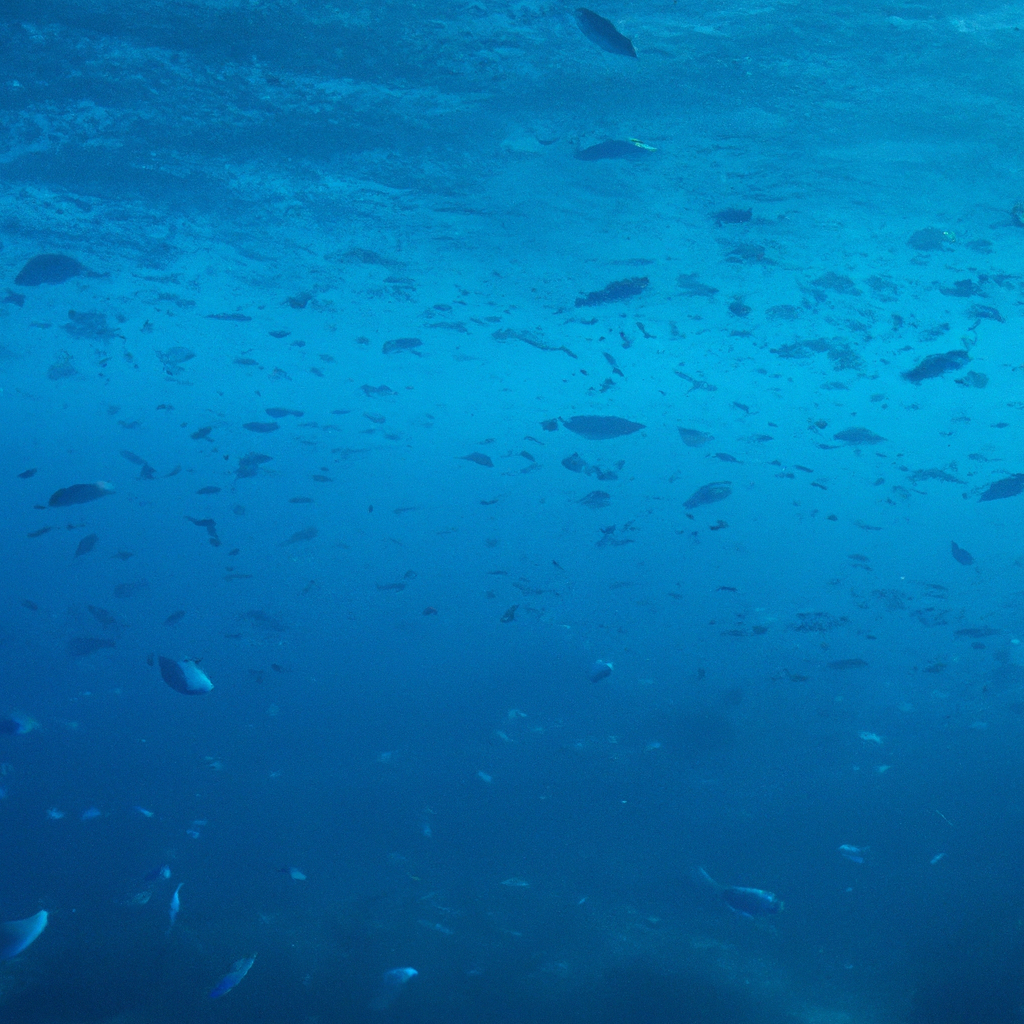If you’re an adventurer at heart, you may have considered visiting the deepest part of the ocean. The Mariana Trench, located in the western Pacific Ocean, is the deepest known part of the Earth’s oceans, with a maximum depth of approximately 36,070 feet (10,994 meters). But before you pack your bags and head out to explore this mysterious and awe-inspiring place, there are some things you should know.
The Challenges of Exploring the Deep Sea
Exploring the deep sea is not for the faint of heart. The pressure at the bottom of the Mariana Trench is immense – more than 8 tons per square inch. This means that any human who attempted to descend to the bottom of the trench without a specialized submersible would be instantly crushed. Even with a submersible, the journey is incredibly dangerous. The extreme pressure can cause equipment failures and leaks, and the lack of sunlight and oxygen makes survival difficult.
The Benefits of Exploring the Deep Sea
Despite the challenges, there are many benefits to exploring the deep sea. The deep sea is home to a wide variety of unique and fascinating creatures, many of which have yet to be discovered. By studying these creatures, scientists can learn more about the evolution and biology of life on Earth. Additionally, the deep sea contains valuable resources such as minerals and hydrocarbons, which could potentially be used to fuel our future.
The History of Deep Sea Exploration
Humans have been exploring the deep sea for centuries, but it wasn’t until the 20th century that we began to truly understand the incredible depths of the ocean. In 1960, Jacques Piccard and Don Walsh made history by descending to the bottom of the Mariana Trench in the bathyscaphe Trieste. Since then, there have been numerous expeditions to the trench and other deep-sea locations, each one building on the discoveries and knowledge of the previous.
The Future of Deep Sea Exploration
As technology continues to advance, so too does our ability to explore the deep sea. Autonomous underwater vehicles (AUVs) and remotely operated vehicles (ROVs) now allow us to explore the ocean depths without risking human lives. These tools are also capable of collecting data and samples, which can be analyzed by scientists to gain a better understanding of the deep sea.
Conclusion
Should you visit the deepest part of the ocean? The answer depends on your goals and priorities. If you’re an adventurer looking for a once-in-a-lifetime experience, exploring the deep sea may be worth the risks. But if you’re a scientist or researcher, there are plenty of opportunities to study the deep sea without putting yourself in harm’s way. Whatever your stance, it’s clear that the deep sea holds a wealth of knowledge and potential, and we have only just begun to scratch the surface of what it has to offer.













